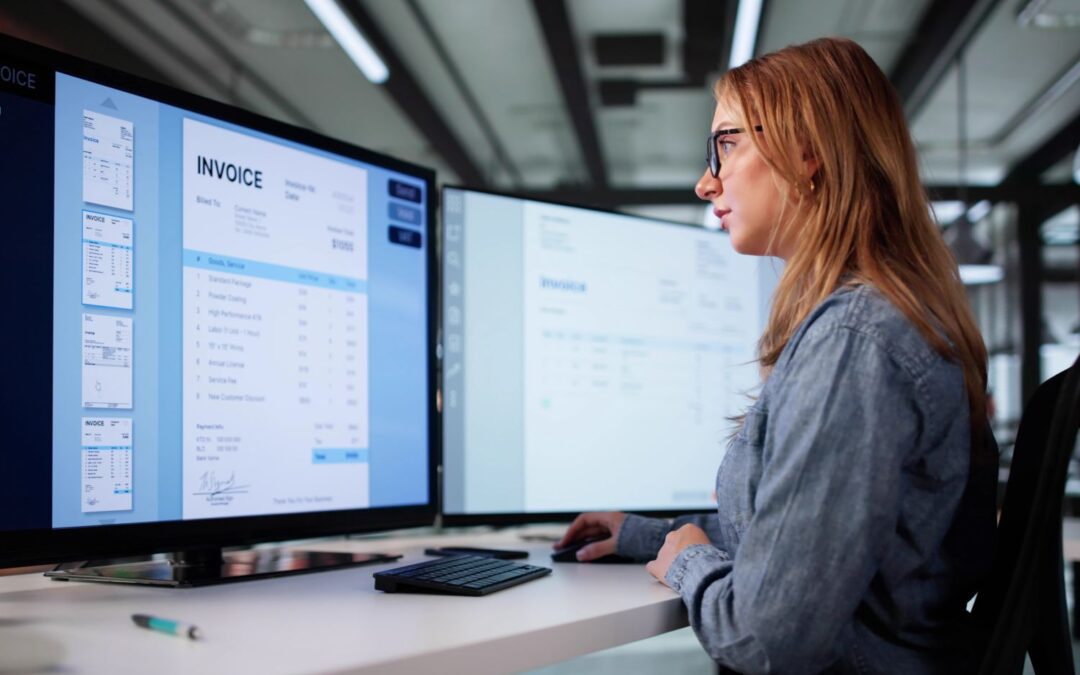If your business is preparing to open due to a relaxation of shelter-at-home orders, you should proceed with caution and make sure you have safeguards in place to protect your workers, as well as customers if they are entering your premises.
How can you take that first step back to a semblance of normalcy?
Here are some recommendations from the Los Angeles Department of Public Health and other sources that can apply to any municipality anywhere in the country. The advice mainly applies to establishments that will have customers, but most of the recommendations are relevant across a wide swath of sectors.
Measures to protect employees
- If someone can continue working from home, let them do so.
- Tell employees not to come to work if sick.
- If any employee tests positive for, or has symptoms consistent with COVID-19, you should:
– Ask that they isolate themselves at home, and
– Ask all employees who have come in contact with that colleague to immediately self-quarantine at home.
- Check employees for symptoms or a fever before they enter the workspace. This must include a check-in concerning cough, shortness of breath or fever and any other symptoms the employee may be experiencing.
These checks can be done remotely or in person upon the employee’s arrival. A temperature check should be done at the worksite, if feasible. - Offer at no cost to your employees cloth face coverings if they are going to have contact with the public during their shift. If they are disposable, masks should be thrown away at the end of every shift. If they are reusable, they should be washed after every shift in hot water.
- Instruct employees not to touch the exterior of their mask when removing and handling it.
- Disinfect break rooms, restrooms and other common areas frequently.
- Place hand sanitizer in strategic locations.
- Allow employees to take frequent breaks to wash their hands.
Signage
Place signs at each public entrance of your facility to inform all employees and customers that they should:
- Avoid entering the facility if they have a cough or fever.
- Maintain a minimum 6-foot distance from one another.
- Wear a mask for their own protection, as well as for the safety of others.
Controlling crowds, lines
Limit the number of customers in the store at any one time, to allow customers and employees to easily maintain at least 6-foot distance from one another at all practicable times.
Post an employee at the door to ensure the maximum number of customers in the facility is not exceeded. If people are queueing up, mark the ground outside the store to ensure proper social distancing.
If you have a restaurant, encourage people not to crowd and wait outside. Set up a system to alert people by cellphone when they are next.
Spacing between employees
- Require employees to work at least 6 feet apart. You may need to reorganize your office or workstations to ensure proper spacing.
- In jobs where workers are on their feet, you can mark spots on the floor where they should stand to ensure social distancing between your staff.
- Social distancing in break rooms and supply areas (such as device charging stations and packaging supplies) may be addressed temporarily by spacing out tables, chairs and microwaves.
- Another option is to use partitions made of plexiglass so workers can communicate and make eye contact.
- In addition, you may want to abandon the popular open workspace concept and revert to using cubicles, which gained popularity in the 1980s and 1990s as a way to increase productivity by putting barriers between office workers. Having that divider will make your staff feel safer and can offer some protection.
- Reconfigure furniture placement in offices, public seating areas and other non-warehouse or production areas to support physical distancing.
Cleaning and circulation
A recent research study that analyzed superspreading events showed that closed environments with minimal ventilation strongly contributed to a characteristically high number of secondary infections.
If you have fans or air conditioning units blowing, take steps to minimize air from fans blowing from one worker directly at another. Also consider opening windows to improve circulation.
Also important are:
- Disinfecting frequently touched surfaces in workspaces, as well as doorknobs, buttons and controls. More frequent cleaning and disinfection may be required based on level of use.
- Providing workers and customers with tissues and trash receptacles.
- Employees who are cleaning and disinfecting should wear disposable gloves.
- Cleaning surfaces using soap and water, then using disinfectant.
- Sanitizing any other personal protective equipment such as hardhats after every shift.


